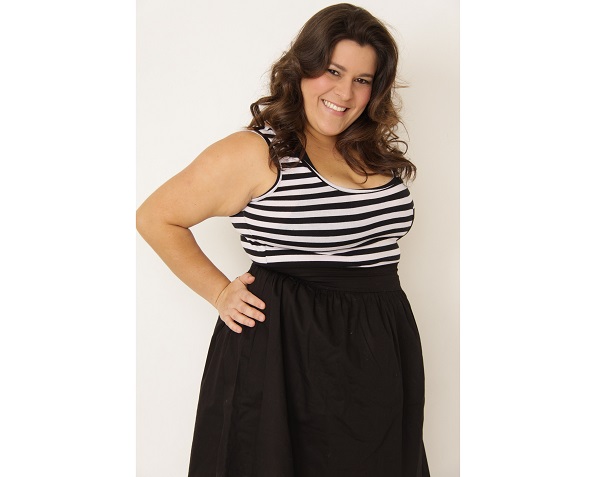PLUS SIZE CLOTHING WIDENS INTO MAINSTREAM FASHION MARKETS

PLUS SIZE CLOTHING WIDENS INTO MAINSTREAM FASHION MARKETS
With body positivity and size inclusivity now a mainstream fashion trend, plus-size fashion garments are now emerging as a big growth opportunity for brands and retailers. The old order changes yielding place to new as gone are old stereotypes of body-shaming if women did not conform to certain beauty standards have now long gone with people ready to accept and support all shapes and sizes of beauty.
Big is also beautiful and more socially accepted
The self-acceptance and social acceptance of women with bigger and curvier bodies has brought about a major change in fashion with many brands now adding the pus size segment to their portfolio as well as all-new brands dedicated to bigger and taller men and women jumping into the plus-size bandwagon. The global plus size segment is no longer a niche segment or with a limited appeal and once valued at $480,991.8 million in 2019, it is projected to reach $696,712.1 million by 2027, according to a recent report by Dublin-based Research and Markets.
Market is increasing globally at a compound annual growth rate of 5.9 per cent from 2021 to 2027, as the Covid years of being home and post-Covid years of wining and dining excesses are taking a toll on both men and women. The US is currently the leading country in plus size segment with its largely obese population while South East Asian countries such as Japan, Vietnam, Singapore and still others have the least number.
Globally, many brands such as Walmart has launched a new plus-size brand named Terra and Sky in 2018 and other high-street brands such as River Island, Marks & Spencer, and New Look are offering an all-new wide range of plus-size items to suit demand. In India many specialized brands such as FabAlley Curve, Alto Moda By Pantaloons, Gia By Westside, PlusS.and ASOS Curve as well as an added segment of plus size clothes by premium brands are now rapidly increasing. Strong fashion marketing and promotional efforts on the covers of Indian and foreign magazine editions of Vogue, Cosmopolitan, Elle, and Glamour, have increased women’s body acceptance, which has been increased by curvy celebrity endorsements and a positive public impression of plus-size men and women
India’s pus size segment growing bigger
The rising trend is seen in the Indian fashion clothing industry too as the plus size segment of those who wear sizes from the UK 14-28 and beyond is rapidly becoming half of the total consumers in India, according to Statista, a German market, and consumer data company. The 16-59 age group of women fall mainly in the obese category and sizes 1X to 6X and extended sizes 7X and above are being included as an extended portfolio for most retailers.
A recent report on plus-size apparel in India indicated the casual wear segment is most popular with a CAGR of 4.8 per cent in the plus-size segment and it is the male category and not the female that will be leading this segment. Moreover, mid-price brand segment has emerged most profitable in post-Covid years. From 2022 to 2032, the Asia-Pacific region is forecast to grow at the highest rate due to a larger number of obese people.
Plus-size fashion is a latent growth market and global consumers are increasingly buying clothes that are not made for models but for real women. And real women don’t want to wear sack-like clothing but instead wear clothes that fit well and flatter their curves and specific body types. One size doesn’t fit all and big is beautiful is the new concept that brands need to incorporate more into each and every seasonal collection to keep them flying above the rest in the current turbulent economy.
By Fashionating World
https://www.fashionatingworld.com/new1-2/plus-size-clothing-widens-into-mainstream-fashion-markets
